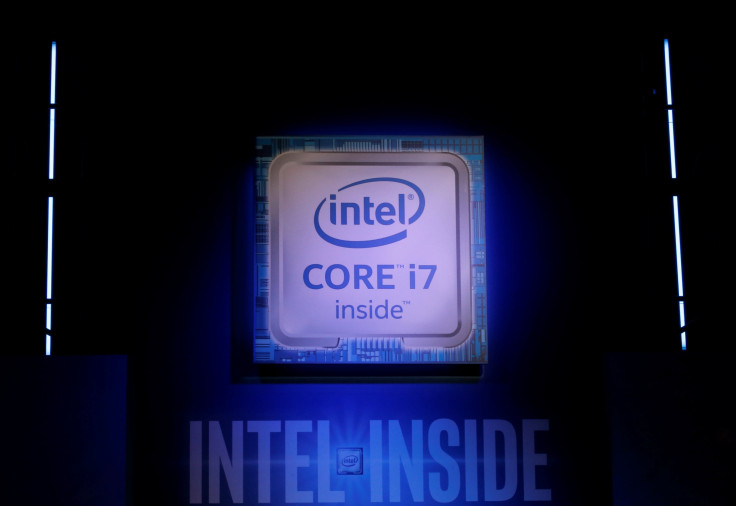Intel Kaby Lake-X & Skylake-X specs, features & details revealed; Extreme processors to debut in Gamescom 2017

If latest reports are to be believed, Intel could be unveiling its top Skylake and Kaby Lake processors at Gamescom in Germany in August 2017. Tech enthusiasts are naturally elated with the news. Moreover, Intel is also expected to showcase its Skylake-X and Kaby Lake-X chipsets too during Gamescom 2017.
These new premium edition chipsets are an update to the existing Broadwell E-series processors. Sub-models such as 6900K and deca-core 6950X came out in July 2016. Reports suggest that the Skylake-X will support a maximum of 10 cores and minimum of six cores per chip. The Kaby Lake-X version will support a limited four cores as of now.
Both the Skylake-X and Kaby Lake-X chipsets will have their CPUs paired with Intel’s newest x299 chipset and will feature support for DDR4 memory and latest socket LGA2066, reports DigiTimes. As evident from the configuration, these chipsets won’t come cheap and are targeted only for the high-end market that uses multi-core overclocking practices. The pricing will start from US$470 (AU630) and can up to US$1,800 (AU$2,400), reports Kit Guru.
Several experts are of the opinion that these kind of extreme processors such as Kaby Lake-X and Skylake-X may perform flawlessly even at 4.3GHz clock rate. Some can even go up to 4.7GHz. Overclocking improves the performance of devices such as microprocessors. Tech users have long resorted to increasing CPU clock rate or processor clock rate.
When users exceed the recommended clock frequency, it results in overclocking. However, this method results overheating of the device and is not recommended for general users. The Intel Kaby Lake-X and Skylake-X processors have a maximum TDP of 112 and 140W respectively. Meanwhile, Intel’s 7-series Kaby Lake desktop processors will be unveiled at CES 2017 in January.
Stay tuned on IBT AU for more updates on Intel Skylake-X and Kaby Lake-X chipsets.






